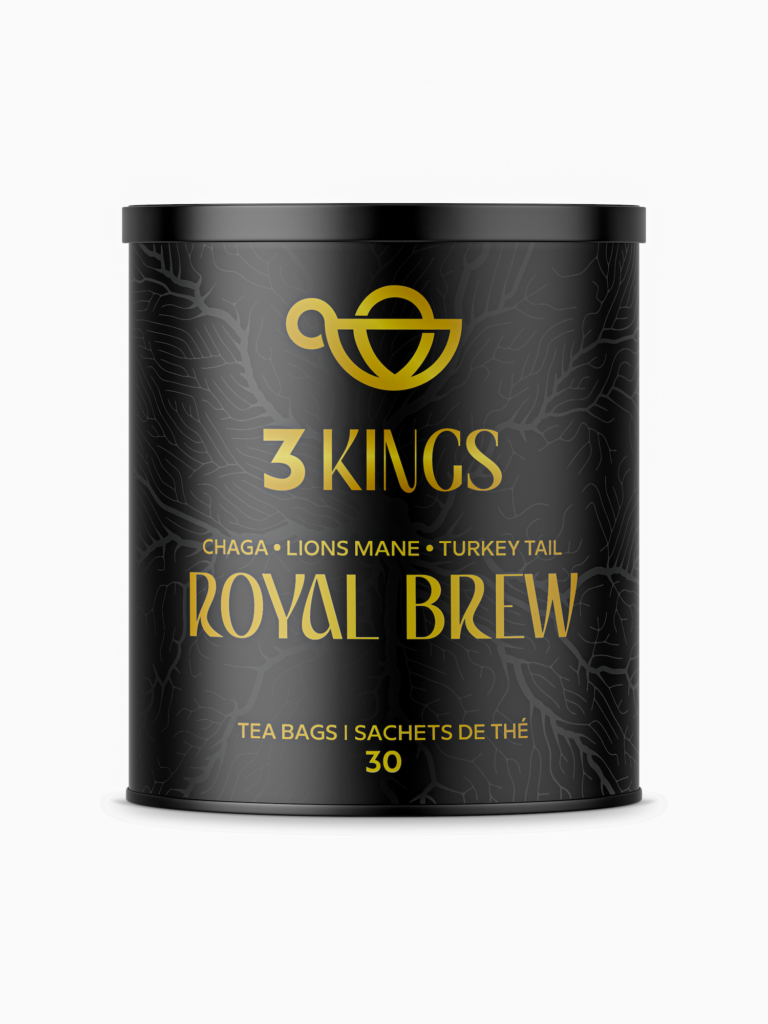Two key executives at Cruise have stepped down following the company’s decision to halt its robotaxi service in California. CEO Kyle Vogt announced his resignation, and Chief Product Officer Daniel Kan has also quit. Both Vogt and Kan are co-founders of the company, and their departures come as a surprise to industry insiders.
The resignations appear to be linked to increased scrutiny on Cruise following a recent incident in San Francisco. In early October, a female pedestrian was struck by another vehicle and thrown into the path of a Cruise robotaxi. The robotaxi attempted to brake to avoid the impact but still made contact with the pedestrian. After stopping briefly, the robotaxi continued for an additional 20 feet in an effort to pull over, unintentionally dragging the pedestrian along with it. This incident prompted the California Department of Motor Vehicles (DMV) to revoke Cruise’s permit, effectively halting the company’s robotaxi operations in the state.
The repercussions of this incident have exacerbated existing concerns about the safety and viability of autonomous vehicles. Cruise’s robotaxi service also operated in other cities such as Austin and Phoenix, with plans for expansion into Dallas, Houston, and Tokyo. However, the recent developments in California have raised questions about the future of these expansion plans.
Despite the setbacks, General Motors, the primary investor in Cruise, has reaffirmed its commitment to the self-driving technology venture. The automaker has invested billions of dollars in Cruise, and other major companies such as Honda, Microsoft, and Walmart have also contributed significant funding.
The departures of Vogt and Kan have left a leadership vacuum at Cruise, raising concerns about the company’s ability to navigate the challenges it currently faces. The loss of key executives at a critical juncture in the company’s development has sparked speculation about the internal dynamics and strategic direction of Cruise.
In response to the ongoing developments, industry analysts and stakeholders are closely monitoring how Cruise will address the safety concerns and regulatory issues that have emerged in the wake of the San Francisco incident. The company’s ability to implement robust safety measures and regain the trust of regulators and the public will be crucial to its future success.
Moreover, Cruise’s approach to addressing the root causes of the incident and its communication with stakeholders will be closely scrutinized. As the autonomous vehicle industry continues to evolve, incidents like the one involving Cruise’s robotaxi underscore the complex challenges inherent in bringing self-driving technology to the mainstream.
The departure of Vogt and Kan, alongside the suspension of Cruise’s robotaxi service, also raises questions about the company’s internal management and decision-making processes. The need for transparent and effective leadership at all levels of the organization has become increasingly apparent, especially as Cruise works to regain momentum and credibility in the autonomous vehicle market.
Looking ahead, the industry will be closely watching how Cruise navigates the aftermath of these developments and whether the company can demonstrate a clear path forward. Despite the setbacks, the potential for autonomous vehicle technology remains significant, and Cruise’s ability to address the current challenges may shape the future trajectory of the entire industry.











